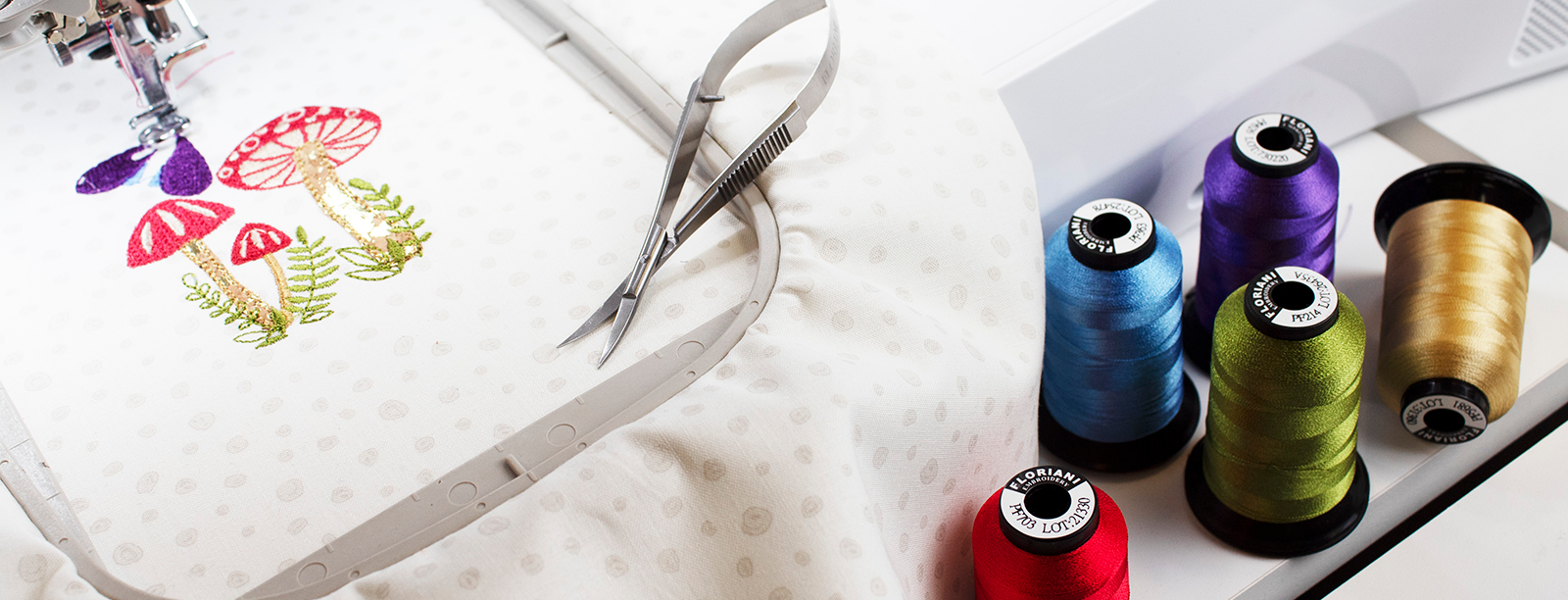CD Includes: 5 in-the-hoop zippered bags perfect for any occasion. Bag is approximately 6.5” x 4.5”
Everything is made in the hoop, even the zipper insertion Fun designs including one blank one to personalize as you wish. Perfect for keeping small essentials close at hand!
Formats Included: ART, DST, EXP, HUS, JEF, PES, VIP, VP3, XXX


Reviews
There are no reviews yet.